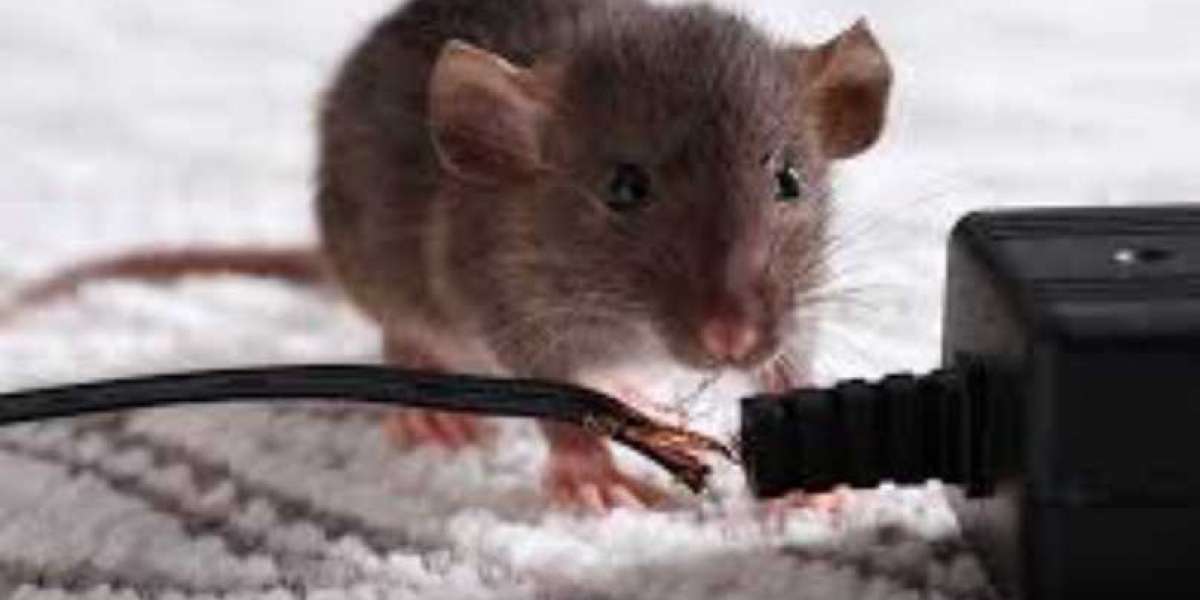The Hidden Threat of Termites
Unlike ants or cockroaches, termites often go undetected because they live and feed inside wood, walls, and soil. There are several types of termites, but the most common in North America are subterranean termites, which build colonies in the ground and enter buildings through cracks and foundations. Drywood termites nest inside wood itself and can infest furniture and structural timber.
The signs of a termite infestation can be subtle at first:
Hollow-sounding wood
Discarded wings near windowsills
Mud tubes along walls or foundations
Small piles of sawdust-like droppings (frass)
Blistering or bubbling paint
Once discovered, quick action is essential. Left untreated, termites can compromise the structural integrity of a home.
Types of Termite Treatments
There are several effective treatment options available, depending on the type of termite and the extent of the infestation:
1. Liquid Barrier Treatments
A liquid termiticide is applied to the soil around and beneath the structure, creating an invisible barrier that kills or repels termites. This method is highly effective for subterranean termites and offers long-term protection when applied correctly.
2. Bait Systems
Bait stations are placed around the perimeter of a building. Termites consume the bait and carry it back to the colony, eventually eliminating it. Baiting is less invasive than liquid treatments and is ideal for ongoing monitoring.
3. Wood Treatments
This includes applying termiticides directly to wood, using foams or sprays. Wood treatments are effective for drywood termites and can be used in specific areas where termite activity is present.
4. Fumigation
For severe drywood termite infestations, whole-structure fumigation may be necessary. This involves covering the building with a tent and releasing a gas that penetrates all areas. It’s highly effective but requires vacating the premises for several days.
Preventive Measures
Even if you don’t currently have termites, prevention is key:
Eliminate wood-to-soil contact around the home
Fix leaks and reduce moisture in crawl spaces and basements
Keep firewood and mulch away from the foundation
Schedule annual termite inspections
Most importantly, always use licensed professionals for inspections and treatment. They have the tools and expertise to detect termites early and recommend the best course of action.
Final Thoughts
Termites are not a pest to take lightly. Their ability to silently eat away at your home’s structure makes them one of the most dangerous infestations a homeowner can face. Fortunately, with effective termite treatments and proactive prevention, you can defend your property against these destructive invaders. Whether you're dealing with an active infestation or just want peace of mind, professional termite control is an investment in your home’s future.
Would you like this version tailored for a pest control company website or brochure?








